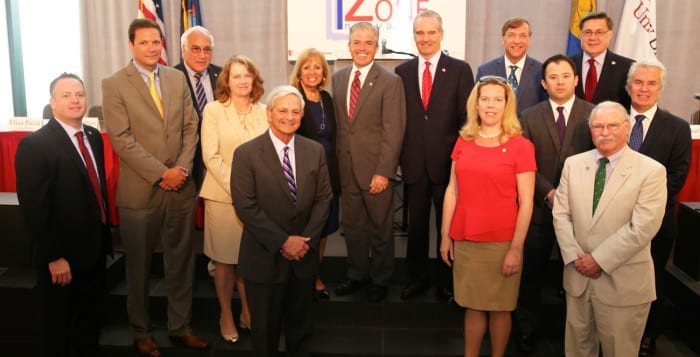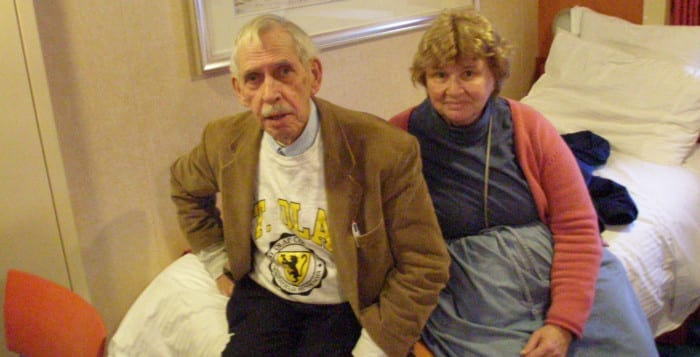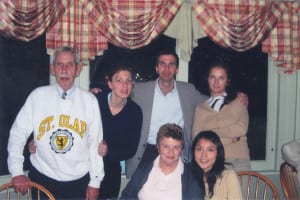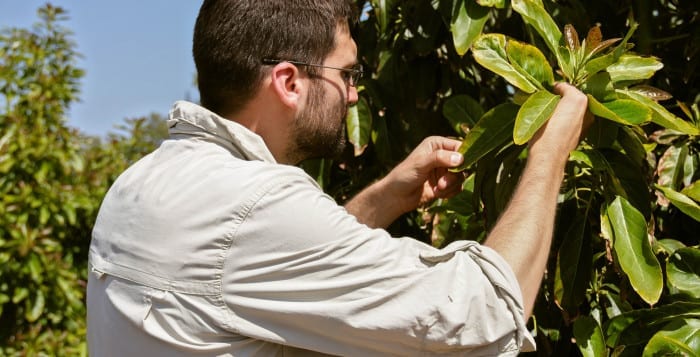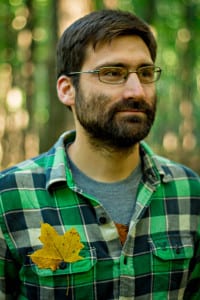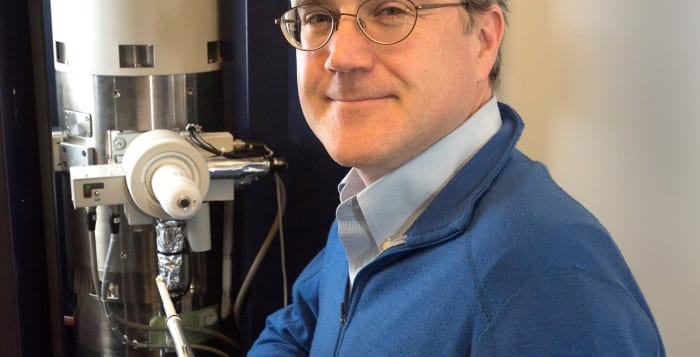As the percentage of youth on Long Island declines, regional leaders are determined to entice young people to move in and stay, but their plan comes with a price.
On Tuesday, County Executive Steve Bellone (D) and several regional leaders, including Brookhaven Town Supervisor Ed Romaine (R), announced they are seeking $350 million to fund the Long Island Innovation Zone, I-Zone, plan. I-Zone aims to connect Long Island’s transit-oriented downtown areas, like New Village in Patchogue, the Meadows at Yaphank and the planned Ronkonkoma Hub, to institutions like Stony Brook University, Brookhaven National Laboratory and Cold Spring Harbor Laboratory.
The I-Zone plan emphasizes the use of a bus rapid transit, or BRT, system that runs north to south and would connect Stony Brook University and Patchogue. There will also be a paralleling hiking and biking trail, and the system will serve as a connection between the Port Jefferson, Ronkonkoma and Montauk Long Island Rail Road lines.
The goal is to make Long Island more appealing to the younger demographic and avoid local economic downturns.
According to the Long Island Index, from 2000 to 2009, the percentage of people aged 25-34 decreased by 15 percent. The majority of these individuals are moving to major cities or places where transportation is readily accessible.
“We must challenge ourselves because if we don’t, we have an Island at risk,” Romaine said. Government officials acknowledged that without younger people living on Long Island the population will be unable to sustain the local economy. Fewer millennials means there are less people who will purchase property and contribute to the success of businesses in the area.
The proposal comes after Governor Andrew Cuomo’s (D) call for regional planning.
The plan also builds upon the Ronkonkoma Hub plan, with the installation of sewers and a new parking area. The I-Zone proposal claims to improve Long Island’s water quality, as funding will help connect sewers through Islip downtown areas to the Southwest Sewer District.
Additionally, the plan calls for the construction of a new airport terminal on the north side of Long Island MacArthur Airport in Islip and for the relocation of the Yaphank train station in closer proximity to Brookhaven National Laboratory.
“We have all that stuff [access to recreational activities, education center and downtown areas] here but we don’t have a connection. We don’t have any linked together,” said Justin Meyers, Suffolk’s assistant deputy county executive for communications.
Bellone and Romaine, as well as Stony Brook University President Samuel Stanley, Islip Town Supervisor Angie Carpenter (R), Suffolk County Legislator Kara Hahn (D-Setauket), Long Island Regional Planning Council Chairman John Cameron, Patchogue Mayor Paul Pontieri, Vice President of Development and Community Relations at CSHL Charles Prizzi, Chief Planning Officer of the Long Island Rail Road Elisa Picca, Director of BNL Doon Gibbs, and founder of Suburban Millennial Institute Jeff Guillot, were involved with the I-Zone proposal.
If funding for the project is received, construction could begin in approximately two years, Meyers said, adding that constructing the BRT and the hiking and biking trial would take as few as five years.
Bellone said that without younger people moving in, the trend could lead to the Island’s economic stagnation.
“We are aging faster than any other region in our country,” he said. “The inevitable result of that will be an ever-growing population that naturally is pulling more social services infrastructure.”

